CompTIA Security+ Certification Course Outline
Module 1: Comparing Security Roles and Security Controls
- Compare and Contrast Information Security Roles
- Compare and Contrast Security Control and Framework Types
Module 2: Explaining Threat Actors and Threat Intelligence
- Threat Actors and Threat Intelligence
- Threat Actor Types and Attack Vectors
- Threat Intelligence Sources
Module 3: Performing Security Assessments
- Assess Organisational Security with Network Reconnaissance Tools
- Security Concerns with General Vulnerability Types
- Summarise Vulnerability Scanning Techniques
- Penetration Testing Concepts
Module 4: Identifying Social Engineering and Malware
- Identifying Social Engineering and Malware
- Compare and Contrast Social Engineering Techniques
- Analyse Indicators of Malware-Based Attacks
Module 5: Summarising Basic Cryptographic Concepts
- Basic Cryptographic Concepts
- Compare and Contrast Cryptographic Ciphers
- Cryptographic Modes of Operation
- Cryptographic Use Cases and Weaknesses
- Other Cryptographic Technologies
Module 6: Implementing Public Key Infrastructure
- Implementing Public Key Infrastructure
- Implement Certificates and Certificate Authorities
- Implement PKI Management
Module 7: Implementing Authentication Controls
- Implementing Authentication Controls
- Authentication Design Concepts
- Implement Knowledge-Based Authentication
Module 8: Implementing Identity and Account Management Controls
- Implementing Identity and Account Management Controls
- Implement Identity and Account Types
- Implement Authorisation Solutions
- Explain the Importance of Personnel Policies
Module 9: Implementing Authentication Controls
- Implement Secure Network Designs
- Business Workflows and Network Architecture
- Implement Secure Switching and Routing
- Implement Secure Wireless Infrastructure
- Implement Load Balancers
Module 10: Implementing Network Security Appliances
- Implement Firewalls and Proxy Servers
- Implement Network Security Monitoring
Module 11: Implementing Secure Network Protocols
- Implement Secure Network Operations Protocols
- Implement Secure Application Protocols
- Implement Secure Remote Access Protocols
Module 12: Implementing Host Security Solutions
- Implement Secure Firmware
- Implement Endpoint Security
- Explain Embedded System Security Implications
Module 13: Implementing Secure Mobile Solutions
- Implement Mobile Device Management
- Implement Secure Mobile Device Connections
Module 14: Summarising Secure Application Concepts
- Analyse Indicators of Application Attacks
- Analyse Indicators of Web Application Attacks
- Summarise Secure Coding Practices
- Implement Secure Script Environments
- Summarise Deployment and Automation Concepts
Module 15: Implementing Secure Cloud Solutions
- Summarise Secure Cloud and Virtualisation Services
- Implementing Secure Cloud Solutions
- Apply Cloud Security Solutions
- Summarise Infrastructure as Code Concepts
Module 16: Data Privacy and Protection Concepts
- Privacy and Data Sensitivity Concepts
- Privacy and Data Protection Controls
Module 17: Performing Incident Response
- Summarise Incident Response Procedures
- Utilise Appropriate Data Sources for Incident Response
- Apply Mitigation Controls
Module 18: Explaining Digital Forensics
- Key Aspects of Digital Forensics Documentation
- Key Aspects of Digital Forensics Evidence Acquisition
Module 19: Summarising Risk Management Concepts
- Risk Management Processes and Concepts
- Business Impact Analysis Concepts
Module 20: Implementing Cybersecurity Resilience
- Implement Redundancy Strategies
- Implement Backup Strategies
- Implement Cybersecurity Resiliency Strategies
Module 21: Explaining Physical Security
- Importance of Physical Site Security Controls
- Importance of Physical Host Security Controls








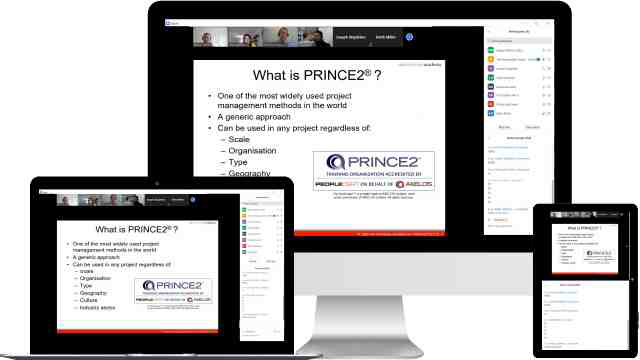
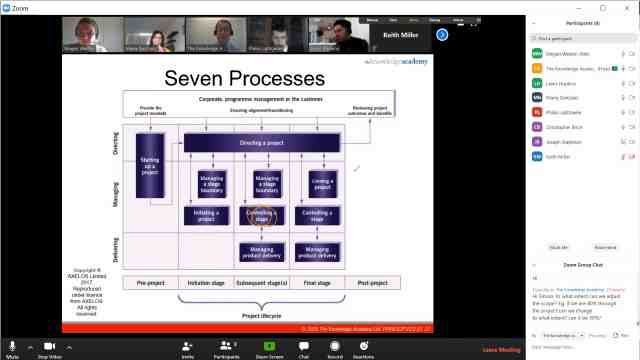
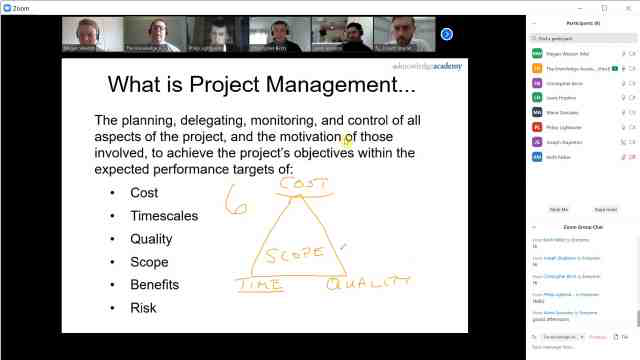
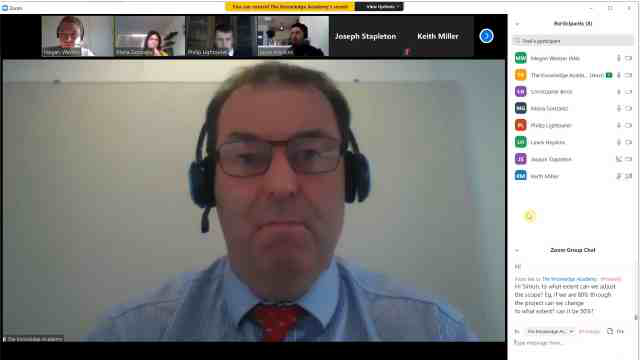
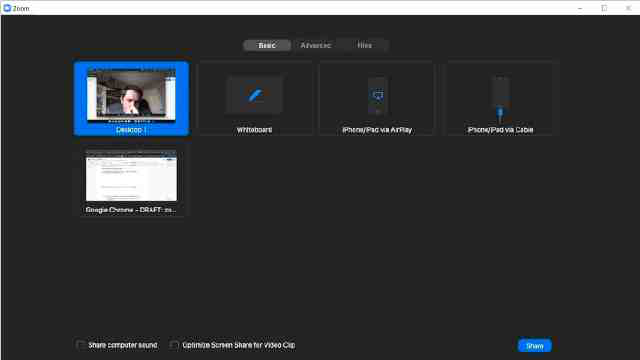






























 Back to course information
Back to course information




 If you wish to make any changes to your course, please
If you wish to make any changes to your course, please

